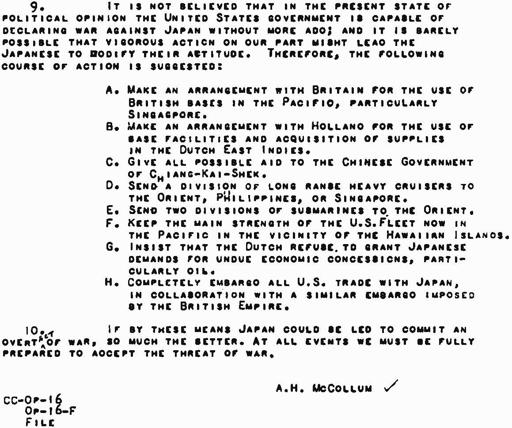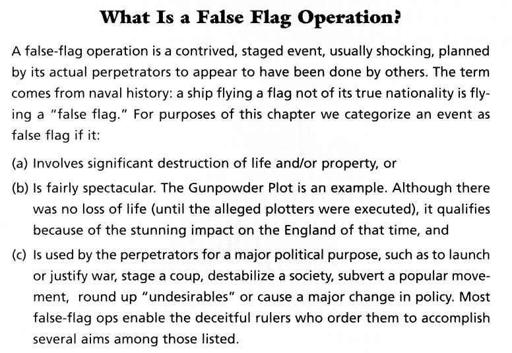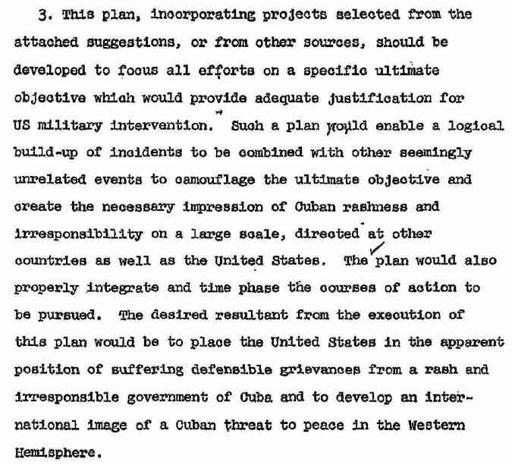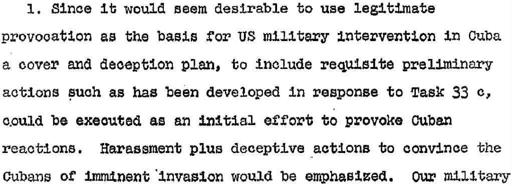Impossible: The Case Against Lee Harvey Oswald (19 page)
Read Impossible: The Case Against Lee Harvey Oswald Online
Authors: Barry Krusch
Tags: #Non-Fiction, #History

Once the body had been found, the next step was to build up the story with layer upon layer of verisimilitude. The brilliance of
Operation Mincemeat
was in the level of details used to create the illusion of reality (Wikipedia,
Operation Mincemeat
):
The next step was creating a “legend”: a synthetic identity for the dead man. He became “Captain (Acting Major) William “Bill” Martin, Royal Marines”, born 1907, in Cardiff, Wales, and assigned to Headquarters, Combined Operations. . . . The rank of acting Major made him senior enough to be entrusted with sensitive documents, but not so prominent that anyone would expect to know him. The name “Martin” was chosen because there were several Martins of about that rank in the Royal Marines . . .
And numerous props were used to prop up the “legend” (Wikipedia,
Operation Mincemeat
):
- In keeping with his rank, he was given some good quality underwear, at the time extremely difficult to obtain due to rationing.
- He also had a pompous letter from his father, a letter from the family solicitor, and a letter from Ernest Whitley Jones, joint general manager of Lloyds Bank, demanding payment of an overdraft of £79 19s 2d (£79.96). There were a book of stamps, a silver cross and St Christopher’s medallion, a pencil stub, keys, a used twopenny bus ticket, ticket stubs from a London theatre, a bill for four nights’ lodging at the Naval and Military Club, and a receipt from Gieves & Hawkes for a new shirt (this last was an error: it was for cash, and officers never paid cash at Gieves; but the Germans did not catch it). All these documents were on authentic stationery or billheads.
- To make the Major even more believable, Montagu and his team decided to suggest that he was a bit careless. His ID card was marked as a replacement for one that had been lost, and his pass to Combined Operations HQ had expired a few weeks before his departure and not been renewed.
- While the cover identity was created by Montagu and his team, the false documents were also being created. Montagu and his team insisted that these must be at the very highest level, so that there would be no question of the supposed senders being misinformed. The main document was a personal letter from “Archie Nye” (Lt. General Sir Archibald Nye, Vice Chief of the Imperial General Staff) to “My dear Alex” (General Sir Harold Alexander, commander of 18th Army Group in Algeria and Tunisia). The letter covered several “sensitive” subjects, such as the (unwanted) award of Purple Heart medals by U.S. forces to British servicemen serving with them, and the appointment of a new commander of the Guards Brigade. This explained its being hand-carried rather than sent through regular channels.
Operation Mincemeat
was “swallowed whole” by the Germans, and resulted in reducing German combat strength against the Russians.
Now, while some of the British military had successfully manufactured fiction designed for consumption by a German audience, another division was manufacturing fiction for the people back home.
In a newsreel that was shown in movie theaters in 1940, Hitler was said to have danced a jig after descending from a railway car in which France had surrendered. But the “dance” was illusory. Using an optical printer, British film editors took an image of Hitler raising his leg and looped it over and over, making him appear to dance a ludicrous jig:
8

These two examples are fairly well-known, and few would argue that these were not justifiable deceptions. All’s fair in love and war, as the saying goes.
But when we get to the story of Pearl Harbor, we find a deception that makes you begin to question the saying: apparently, America was
not surprised
by the attack on the Hawaiian naval base (
Towers Of Deception
, p. 274):
The most painstakingly researched book on Pearl Harbor is Robert B. Stinnett’s
Day Of Deceit: The Truth About FDR And Pearl Harbor
. Based on 17 years’ research and tens of thousands of previously unreleased documents, US Navy veteran Stinnett proves that Roosevelt successfully arranged for Japan to strike US facilities at the cost of 2,460 US lives.
Roosevelt secretly assigned a top aide to draw up what became an eightpoint plan to provoke Japan. Cutting down Japan’s oil supplies was part of the plan and was carried out, as were the other seven points. The keys to the plan were that “the US should not fire the first shot” and that US losses should be great enough to inflame public opinion. By August 6, 1941, Japanese forces were poised to attack the CS naval base at Pearl Harbor in Hawaii, where the Pacific fleet had been purposefully exposed to them. The Franklin Delano Roosevelt US high command had broken all the Japanese codes (although the Japanese did not know this) and could have prevented the attack, but Roosevelt made sure it was unopposed.
Here is the memo containing the eightpoint plan designed to inflame Japan, authored by Lieutenant Commander Arthur McCollum, head of the Far East desk of Navy intelligence (
Day Of Decei
t, p. 275):

Justifiable? Considering that it brought America into a war it might well have entered too late, we have to say “yes.” At the same time, other books show a more disturbing side to that war, which if true may initiate yet another reassessment on our part.
Interested readers are urged to follow this thread off-line, starting with the books
Wall Street And The Rise Of Hitler
by Antony C. Sutton and
IBM And The Holocaust: The Strategic Alliance Between Nazi Germany And America’s Most Powerful Corporation
by Edwin Black, as well as other books by those authors, and similar books on the same topic. If the thread truly leads in the direction these authors have pointed to, the following picture might emerge: one group of Americans finance Hitler, forcing another group of Americans to provoke an attack on Pearl Harbor, which means that these two groups of Americans, if it turned out they were
coordinating
their actions,
were
manufacturing a global war
. A thesis this provocative, needless to say, requires an extraordinary amount of evidence for justification, but research this important must be gathered.
All that at a later time: as we return to the main point, it is clear the direction in which we are headed. Eventually we are going to be crossing the line of justifiability: is there ever a time when military deception
cannot
be justified?
I believe the answer must be “yes”: the line in the sand is the
false-flag
operation, where a government commits a crime posing as an enemy, then uses the crime to justify an attack on that same enemy (
Towers Of Deception
, p. 262):

The
Gunpowder Plot
was one example, and the
Reichstag Fire
created by Nazi Germany was another. And there is evidence that even America contemplated such an operation, in a memo written for a false-flag op known as
Operation Northwoods
.
9
This memo was sent to President Kennedy, having been authored by the Joint Chiefs of staff. This memo was ordered destroyed along with numerous other documents related to the “Bay of Pigs”, but was the “one that got away,” and with the mask ripped off provides a peek into how the federal government attempted to do a “Walt Disney” on Cuba.
The basic concept outlined in the March 13, 1962
Northwoods
memo was to create a series of incidents that would falsely implicate Cuba in an attack on an American plane, thereby “justifying” an invasion of the United States on that country.
One of the main goals of this plan was to “camouflage the ultimate objective” of making a phony reality credible by enabling “a logical build-up of incidents to be combined with other seemingly unrelated events” to “develop an international image of a Cuban threat to peace”:

The Joint Chiefs planned to achieve the desired “legitimate provocation” on the part of U.S. with “harassment plus deceptive actions”:

The slogan “Made in America” was given a new spin by the
Northwoods
memo: to give the “genuine appearance” that attacks on a U.S. base in Guantanamo were perpetrated by “hostile Cuban forces,” incidents should be manufactured to make the attack “credible”:

